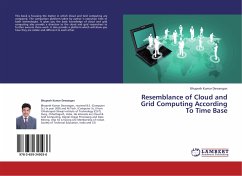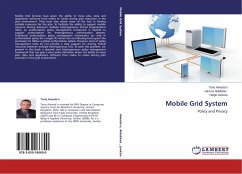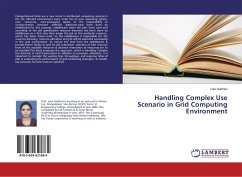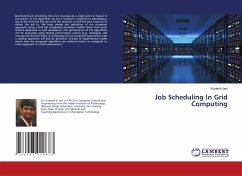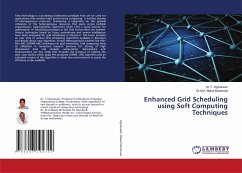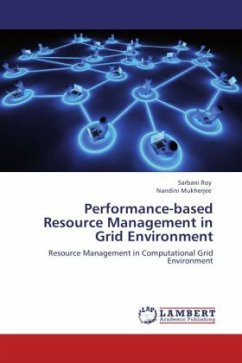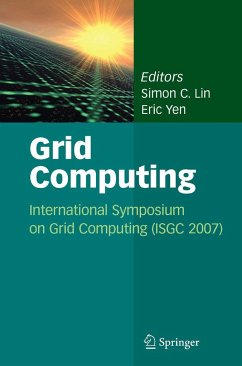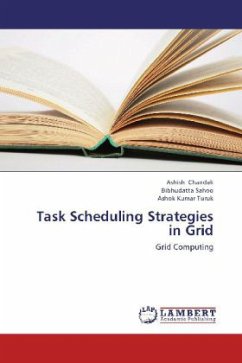
GRID-ENABLED TRANSPORTATION ROUTING WITH REAL-TIME EVENTS
An open framework
Versandkostenfrei!
Versandfertig in 6-10 Tagen
32,99 €
inkl. MwSt.

PAYBACK Punkte
16 °P sammeln!
Transportation routing has been enhanced by theresearch and development in both GeographicInformation System (GIS) and network analysis. Thisbook furthers the advancement by tacklingtransportation routing for an extensive area withreal-time events. An open framework was introducedby: 1) leveraging microscopic transportationsimulation for travel time estimation and prediction;2) incorporating road weather information as anexample of real-time event; 3) identifying theshortest-path in a space-time network; 4) enablingGrid computing in both traffic simulation over largeareas and routing for massi...
Transportation routing has been enhanced by the
research and development in both Geographic
Information System (GIS) and network analysis. This
book furthers the advancement by tackling
transportation routing for an extensive area with
real-time events. An open framework was introduced
by: 1) leveraging microscopic transportation
simulation for travel time estimation and prediction;
2) incorporating road weather information as an
example of real-time event; 3) identifying the
shortest-path in a space-time network; 4) enabling
Grid computing in both traffic simulation over large
areas and routing for massive concurrent user
requests; and 5) integrating web-based GIServices
based upon interoperability approaches.
This book is for people who are interested in
research and developments of cyber-infrastructure
applications, transportation networks and topology
analyses, distributed geospatial information
processing, and geospatial interoperability.
research and development in both Geographic
Information System (GIS) and network analysis. This
book furthers the advancement by tackling
transportation routing for an extensive area with
real-time events. An open framework was introduced
by: 1) leveraging microscopic transportation
simulation for travel time estimation and prediction;
2) incorporating road weather information as an
example of real-time event; 3) identifying the
shortest-path in a space-time network; 4) enabling
Grid computing in both traffic simulation over large
areas and routing for massive concurrent user
requests; and 5) integrating web-based GIServices
based upon interoperability approaches.
This book is for people who are interested in
research and developments of cyber-infrastructure
applications, transportation networks and topology
analyses, distributed geospatial information
processing, and geospatial interoperability.




